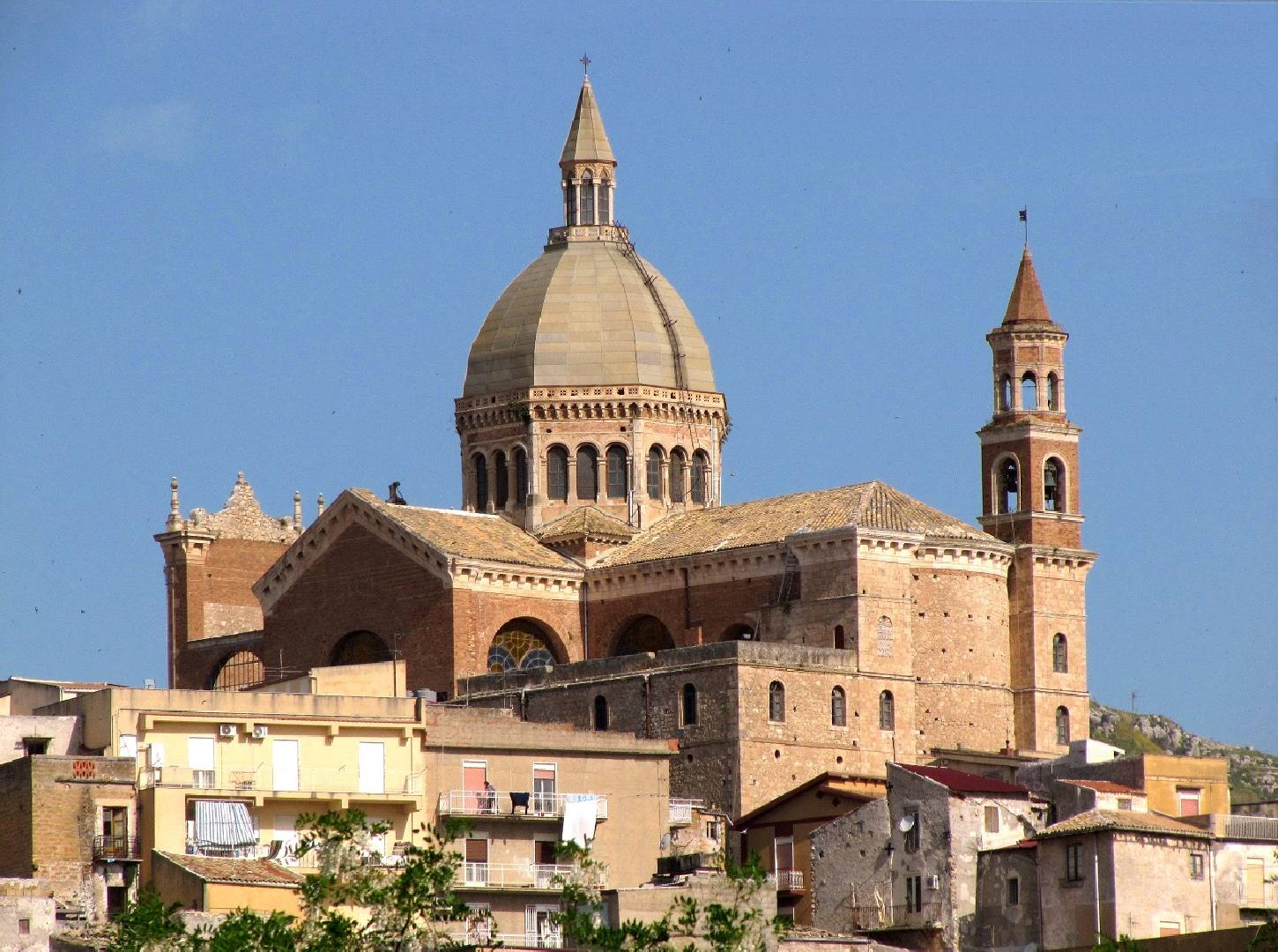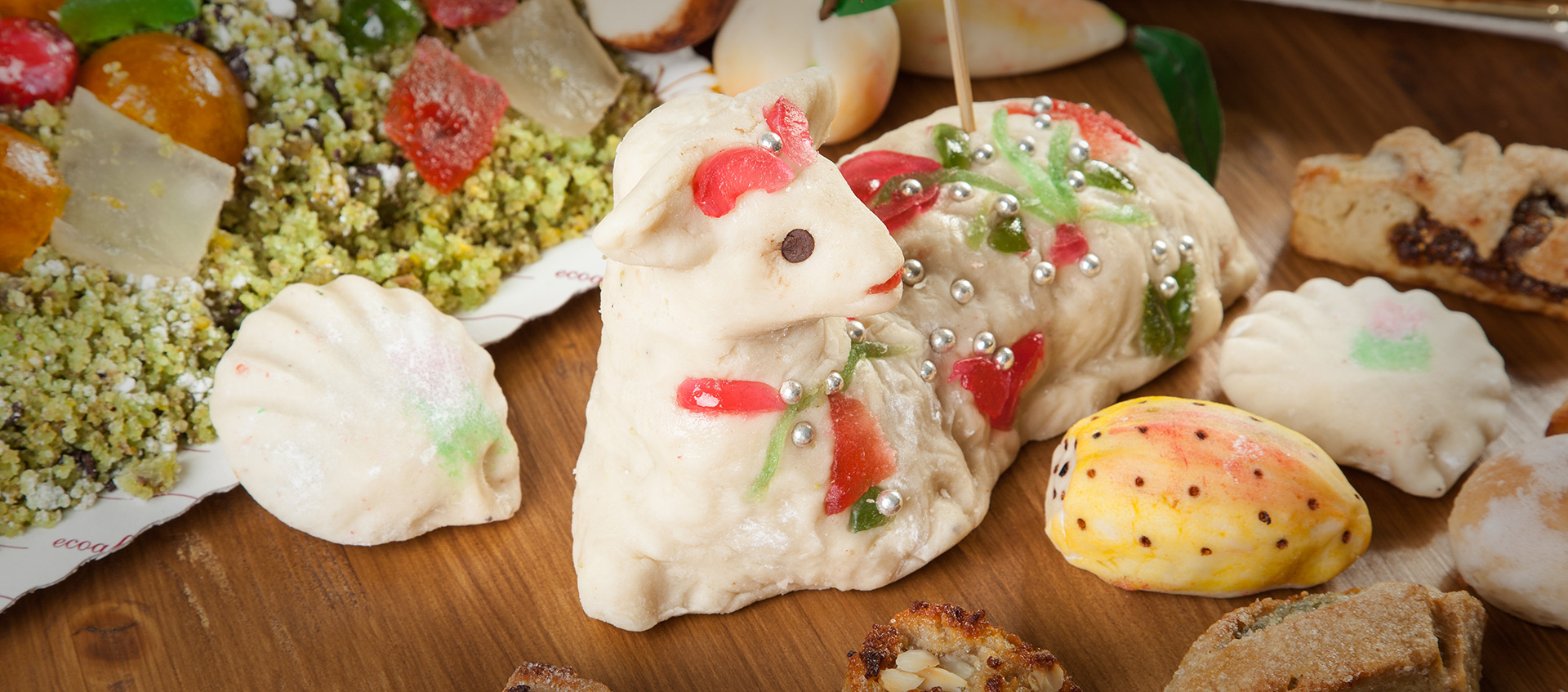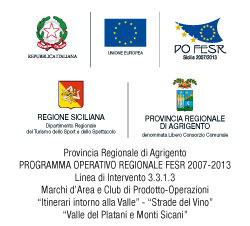
Favara is located on a small slope near a range of hills which form three points. The name derives from “Rohal-Fewwar” meaning “spring of water” or “large quantity of water”. This name later changed to “Fabaria” and then “Favara”. The early inhabitants left behind pottery found in a cave in contrada Ticchiara dating back to 2400-1900 BC.This area was also inhabited by the Greeks in Caltafaraci from the 3rd to the 6th century BC. Here, a fortification strategy of the ancient city was created in order to defend themselves. Evidence shows that the Arabs settled in Contrada Saraceno. The city later started to expand around the castle which was built on a rock.
In the 13th century, the Chiaramontes, one of the most powerful and wealthiest families in Sicily, changed Favara from an agricultural village into a town. Piazza Cavour is considered one of the most interesting and beautiful squares in Sicily. It is richly layered with history and surrounded by cultural monuments, noble buildings, churches and small shops around its perimeter. This square was originally called “Piazza Castello”. The Holy Rosary Church was built on the Northeast corner of Piazza Cavour between 1705 and 1711. It was declared a national monument thanks to its rich statues made of stucco, 16th century style wood ceiling coffers as well as the original Majolica floor. The Mother Church is one of the most imposing churches in Favara. This Lombard and Renaissance style monument was built at the end of the 19th century. From the street, it is possible to see the 56-meter dome. Its façade was built with stone from Syracuse and limestone from Billiemi. It also includes mosaics made by Tuscan artists. Inside, the church is divided into three naves and is full of frescos. The Carmine Church, situated in Piazza Garibaldi, dates back to the 16th century. Its beauty lies in its Late Baroque style façade made of stone as well as its 18th century bell tower. The Chiaramonte Castle is a square building and is 31 meters long on all sides. It was built around 1270 and it was where Frederick II used to live in order to go hunting.
Contrada Stefano is situated in flat land east to Favara. This area is interesting because there is evidence of human settlement before the Bronze Age as well as the Roman, Byzantine and Norman period. Here, a large early Christian necropolis contains more than 100 tombs cut into the rock. The Easter lamb is a typical local pastry which has been a tradition in Favara for centuries. It is made with almond paste filled with pistachio. It becomes sweet when sugar is added. The Easter lamb has a religious meaning and is also considered a traditional art form. It is made with bright colors so it not only tastes good, but it looks good, too! The Festival of Saint Joseph is traditionally celebrated on March 19th. However, it is also held between the end of August and the beginning of September so that thousands of emigrants who come to Favara during the summer holidays have a chance to participate in the festival. The festival is full of events and has been a tradition for many generations. In honor of Saint Joseph, food, or “tavolate”, are made in order to give to the poor. The most popular part of the festival is when people from all of the neighborhoods make vegetable soup with different kinds of pasta, called the “soup of Saint Joseph”. This festival is held in order to give thanks to the saint. Thousands of people participate in church service as well as the procession where the statue of the saint, which is usually placed in the Rosary Church, is taken along the streets. In Piazza Cavour, there is the public library which contains a beautiful Neoclassical style room with loggias and slender columns as well as a frescoed vault. The library includes more than 20,000 books. On the second floor, the museum has a valuable collection of embalmed birds and mineral rocks. The library and the museum are open from Monday to Saturday morning. The Farm Cultural Park is situated in the Bentivegna courtyard near the historical center. Here, there are seven little courtyards with small Arab buildings. The Farm Cultural Park is the first cultural touristic park in Sicily where there are art galleries and artists can stay. This place is the sixth most visited contemporary art destination in the world.

 Favara, town of the Easter lamb
Favara, town of the Easter lamb
 Chiaramontano Castle
Chiaramontano Castle

